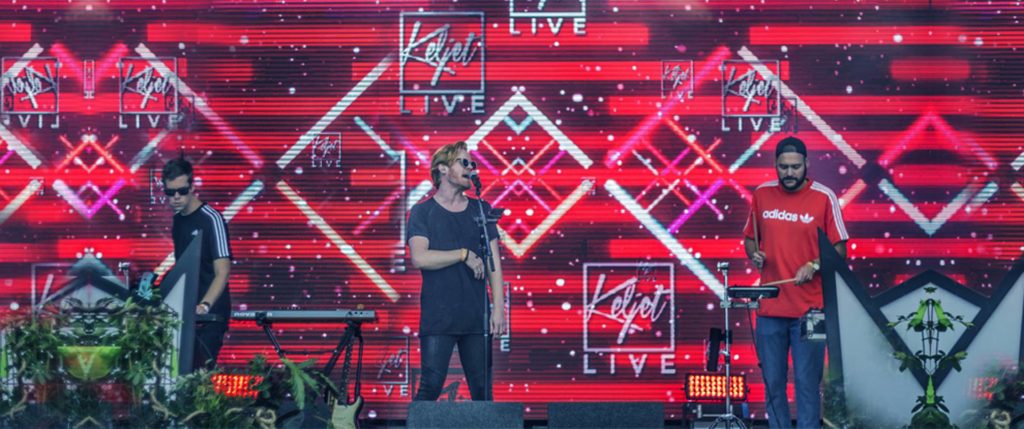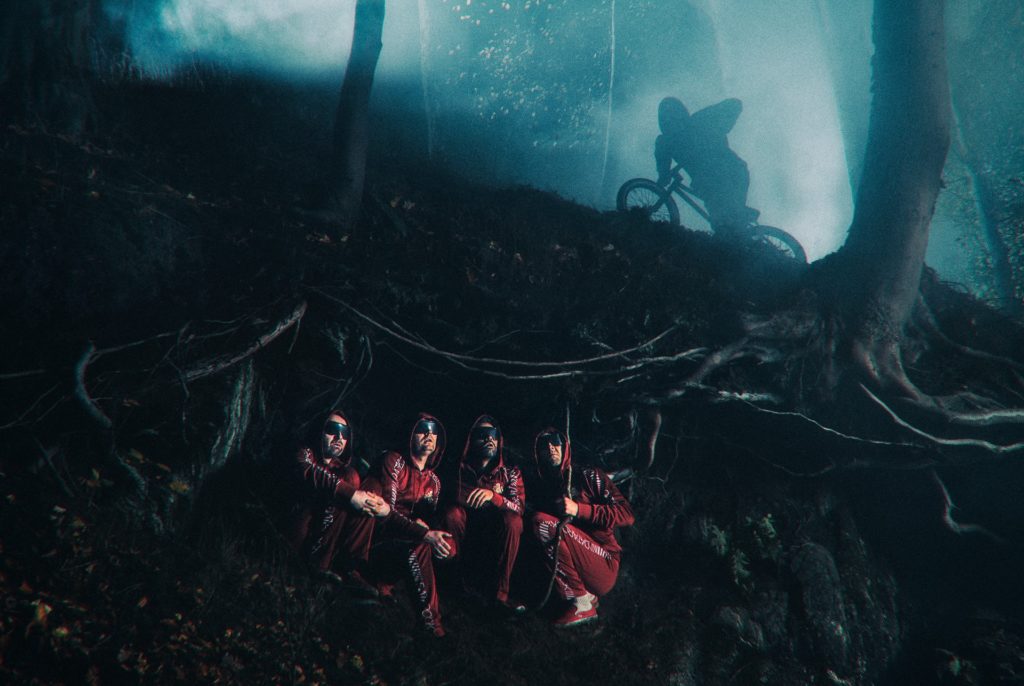As stated here, we’re making a legal mixtape for Soundcloud. By default, we do not have any right to use the tracks selected for the mixtape. To understand this, let’s quickly cover some copyright basics without it turning into too much of a snoozefest.
You might consider pirate guy up above as the unwanted Soundcloud EDM-reposter of the late 1800’s. Back then, there were no laws that prevented publishers from selling a writer’s work abroad without actually paying the writer. So the Berne Convention for the Protection of Literary and Artistic Works was held, which is the basis for today’s World Intellectual Property Organization (WIPO) and some international laws. Pirate guy no more…
What copies are
While we’re talking about streaming services now, in the very early 1900’s the gramophone just arrived and nobody had even heard of public radio broadcasting yet. Buying music probably meant buying sheet music. All these devices have one thing in common: they’re physical copies. Which is important, because that’s what the music industry has been making money off of since its very beginning. An X number of copies of a creative work were made, a Y number of people wanted to buy a copy. Which influenced the price of those copies, and the amount of money the industry would be able to make.
Authors vs. Performers
Sheet music is also a nice way to understand an important difference in (mostly European) copyright. An author wrote a piece of music. Let’s say Chopin, who wrote Nocturne op.9 No.2. He is definitely an author. Along comes Janusz Olejniczak, who plays that piece in John Timperley’s recordings studio for the soundtrack of The Pianist motion picture. Now there are cd copies being sold of Chopin’s Nocturne op.9 No.2. Olejniczak is, in this case, a performer and not an author. They would both have different rights (below) for a different amount of years, depending on local law. Keep in mind that an artist can be both, for instance if – instead of Olejniczak – Chopin would’ve recorded Nocturne op.9 No.2 himself.
Labels vs. Publishers
By this example it’s easier to understand the difference betweent a label and a publisher too. Every company is different, some labels might look and act like publishers and vice versa. But the label is mostly built around monetizing from the master recording. So in the example above, that involves the work Janusz Olejniczak did. A publisher mostly focuses on things such as arrangements, melodies and lyrics. Which is much closer to what the author – in this case Chopin – does.
But what are these rights for authors (on either their songwriting, composition, musical arrangement and/or lyrics) and performers (on their captured performance)? Once again, there are differences for each country. Luckily the World Intellectual Property Organization lists the following exclusive rights as agreed upon at the Berne Convention for the Protection of Literary and Artistic Works in 1914 – they’ve been revised more recently though.
| Rights of Authors | Rights of Performers |
| 1. The right of reproduction (the right to copy the work). | 1. The right of reproduction (the right to make copies of the phonogram). |
| 2. The right of distribution (the right to issue and distribute copies of the work to the public). |
2. The right of distribution (the right to issue and distribute copies of the phonogram to the public). |
| 3. The right of rental (the right to authorize commercial rental to the public of copies of the work). (In exceptional cases a different system may apply) |
3. The right of rental (the right to authorize the commercial rental to the public of the original and copies of the phonogram as determined in the national law of the Contracting Parties (In exceptional cases a different system may apply) |
| 4. The right of communication to the public (the right to authorize any communication to the public, by wire or wireless means, (including ‘the making available to the public of works in a way that the members of the public may access the work from a place and at a time individually chosen by them.) The quoted expression ‘making available’ refers to ondemand, interactive communication through the Internet such as downloads and interactive streaming. |
4. The right of making available (the right to authorize the making available to the public, by wire or wireless means, of any performance fixed in a phonogram, in such a way that members of the public may access the fixed performance from a place and at a time individually chosen by them. This right refers to on-demand, interactive communication to the public via the Internet). |
| 5. The right of broadcasting (broadcasting is generally considered to be a subset of ‘communication to the public’). |
5. The right to equitable remuneration for broadcasting and communication to the public. (This is the public performance right for sound recordings. Under WPPT, countries can opt out of this right if they wish.) |
| 6. The right to translate. | 6. The moral rights (the right of integrity and the right of paternity. Again, countries can opt out). |
| 7. The right to make adaptations and arrangements of the work. | |
| 8. The right to perform the work in public (public performance right – another subset of ‘communication to the public’) |
|
| 9. The moral rights (the rights of integrity and the right of paternity). |
(Way too basic TL;DR: authors have the exclusive right to copy, distribute, rent out, publicize, broadcast, translate, remix, perform and monetize from their work. They can decide if and how they want to be credited for their own work and can object if their work is being altered, distorted or mutilated. The performers’ rights have some similarities.)
In the next post we’ll get into Soundcloud’s own documentation a get a little more specific about some Soundcloud myths.
Featured Image Joseph Ferdinand Keppler (1838-1894) – Restoration: Adam Cuerden – http://www.loc.gov/pictures/item/2011661385/ by way of http://adamcuerden.deviantart.com/gallery/#/d5onmxh, Public Domain, https://commons.wikimedia.org/w/index.php?curid=23322831











Comments are closed.